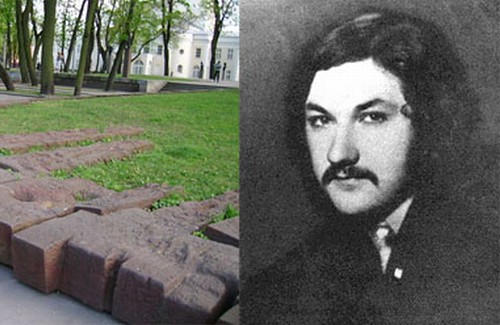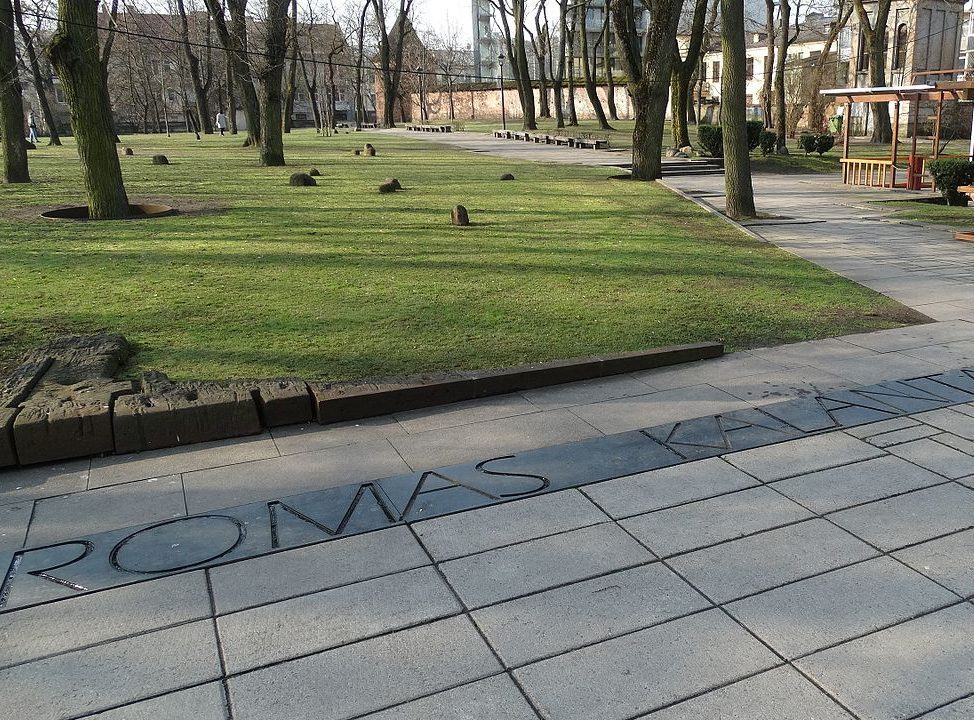
“Only the regime is guilty of my death”
One the eve of the anniversary of his death, Lithuania’s parliament declared 2022 the year of Romas Kalanta. It will be 50 years from the day this freedom fighter inspired the nation and its diaspora when he committed the shocking act of self-immolation in Kaunas on May 14, 1972. His sacrifice brought the cause of Lithuanian freedom from the Soviet occupation to the forefront. Thousands of Lithuanians took to the streets chanting “Freedom for Lithuania”. These protests were among the largest in the Soviet Union, and served as a catalyst for the freedom movement which eventually became “Sąjūdis”, which rocked the Soviet Union and landed Lithuania on the front page throughout the world.
Many Lithuanians of the diaspora who were involved with political community activities at the time remember where they were when they heard the horrific news of Kalanta’s death, and the shattering truth of what he did. Many have erected monuments, participated in commemorations in their communities, and visited the site in Kaunas to remember the hero who willingly gave his life for freedom and united young Lithuanians in their quest to seek it.
Many events were held to commemorate his death. Flowers were placed at his monument at the Kaunas Music Theatre on May 14. On May 15, a special session of parliament was held, with an exhibition (open until June 3) about Kalanta, and photographs of the many mass youth protests that took place after his death. A documentary (Fontano vaikai – Children of the Fountain) of witness accounts about the demonstrations was shown in the parliament buildings as well.
“Why live any longer?”, asked the 19-year-old youth from Vilijampolė. “So that this regime may kill me, slowly and mercilessly?… Even the word freedom is forbidden here”, wrote Kalanta before the day he set himself on fire. In his diary, he wrote “only the regime is guilty of my death”.

The protests began in Kaunas, a city known for its pro-Lithuanian spirit and active youth, when the KGB changed the time of his funeral to prevent crowds from attending.Yet three thousand young people gathered in the streets and laid flowers at the spot in the Theatre Garden where he died, and where a memorial plaque remains today.
Protests continued through May and June of that year, with militia and secret police called out in the thousands (7,000), arresting 402 people, including 97 members of the Communist Youth organization. The protesters were called hippies, antisocial elements, and those arrested were shaved bald, beaten, and interrogated. Some were driven several dozen kilometres outside of town and released. The most active organizers were imprisoned.

At the time the regime denigrated Kalanta as mentally unstable, however later research showed that he was quite sane, and was awarded the Order of Vytis in 2000, as well as being inducted into the list of freedom fighters.
His death, on the eve of US president Richard Nixon’s visit to the Soviet Union, served to begin destroying the myth of the problem-free empire of the USSR and in fact shook its entire government.
May 14 is designated as Civil Resistance Day.
With news from Alkas.lt



























